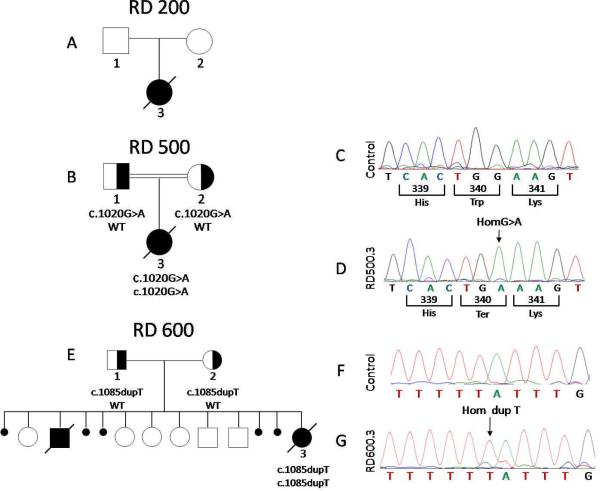Figure 1. Pedigrees and chromatograms of patients with restrictive dermopathy.
A. RD 200 Pedigree. No disease-causing mutations were found in either ZMPSTE24 or LMNA
B. RD 500 Pedigree. Affected individual with homozygous c.1020G>A (p.W340X) mutation of ZMPSTE24 is shown as filled black symbol, whereas heterozygous subjects are shown as half filled symbols. The parents of the affected subject were second cousins. WT indicates wild type allele.
C,D: Chromatograms from direct sequencing of exon 8 of ZMPSTE24 gene showing normal sequence from a control individual (C), and from the proband RD 500.3 showing homozygous c.1020G>A mutation (D)
E. RD 600 Pedigree. Affected individual with homozygous c.1085dupT mutation of ZMPSTE24 is shown as filled black symbol, whereas heterozygous subjects are shown as half filled symbols. A previous male fetus stillborn at 33 weeks gestation was described as having features consistent with RD. Five spontaneous abortions occurred between 11–12 wks gestation.
F,G: Chromatograms from direct sequencing of exon 9 of ZMPSTE24 gene showing normal sequence from a control individual (F) and from the proband RD 600.3 showing homozygous c.1085dupT mutation (G).

